Product Management News
Medium
394
Image Credit: Medium
The First 5 Tools I Used to Learn Product Management (As a Beginner)
- Notion is recommended for its structured thinking approach in scoping features, prioritizing tasks, and breaking down ideas.
- ChatGPT is suggested for exploring ideas without judgment, roleplaying product scenarios, drafting PRDs, and generating competitive analysis.
- Basic wireframing tools are endorsed for clear idea communication, empathy development for designers, and visualization of user experience.
- Miro is praised for structuring chaos, effective brainstorming, and visual collaboration skills.
- Jira is highlighted as a platform for real product work, assisting in sprint management, work prioritization, and collaboration with engineers.
Read Full Article
23 Likes
Medium
21
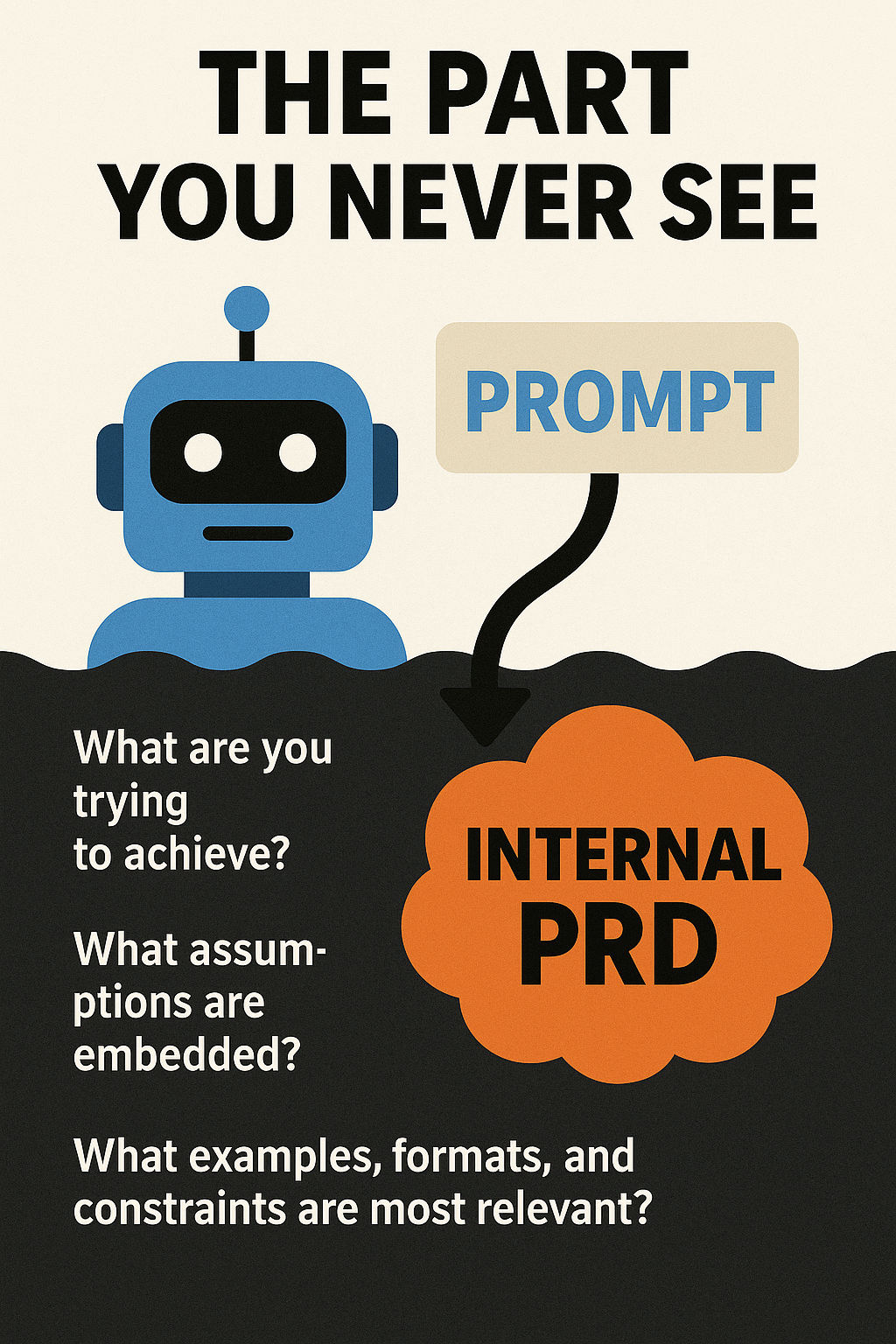
Image Credit: Medium
The Hidden PRD: Structure Before Output
- A Product Requirements Document (PRD) serves as a blueprint for product managers, translating ideas into clear direction and alignment.
- It connects strategy to execution and aims to create a shared understanding of what needs to be built and why.
- A well-crafted PRD is clear, honest, and human-readable, emphasizing the importance of clarity over length or polish.
- Before being documented, the PRD exists as an internal structure in the mind, forming a hidden map of intent that guides the product development process.
Read Full Article
1 Like
UX Design
360

Image Credit: UX Design
Are we designing AI products all wrong?
- The AI industry has been criticized for failing in UX design of AI products.
- Designers have resorted to using chat boxes as a default design solution in AI products.
- The homogeneity in AI product interfaces is a concern, with many products having similar designs.
- The article highlights a call for designers to rethink their approach to designing AI products.
Read Full Article
21 Likes
Medium
82

Image Credit: Medium
AI, feminism, and the fear of asking stupid questions
- In a tech-driven world, fear of asking 'stupid' AI questions persists.
- Technical discussions often exclude those with questions and promote confidence over curiosity.
- Challenges include understanding algorithms, system bias, and pushing for transparency and inclusivity.
- Fighting for visibility, thoughtful AI implementation, and questioning data gaps are crucial.
Read Full Article
4 Likes
Discover more
- Programming News
- Software News
- Web Design
- Devops News
- Open Source News
- Databases
- Cloud News
- Operating Systems News
- Agile Methodology News
- Computer Engineering
- Startup News
- Cryptocurrency News
- Technology News
- Blockchain News
- Data Science News
- AR News
- Apple News
- Cyber Security News
- Leadership News
- Gaming News
- Automobiles News
Medium
160

Image Credit: Medium
Product-Led Growth: Driving Efficiency and Sustainable Growth
- Product-Led Growth (PLG) is a strategy where the product drives user acquisition, retention, and monetization.
- PLG is not a magic solution but needs smart marketing and sales integration.
- Success with PLG requires a unique approach for each company's customer journey.
- Creating a PLG culture with data-driven decisions and constant experimentation is critical.
- While PLG isn't suited for all businesses, mature implementation leads to scalable growth.
Read Full Article
9 Likes
Medium
204
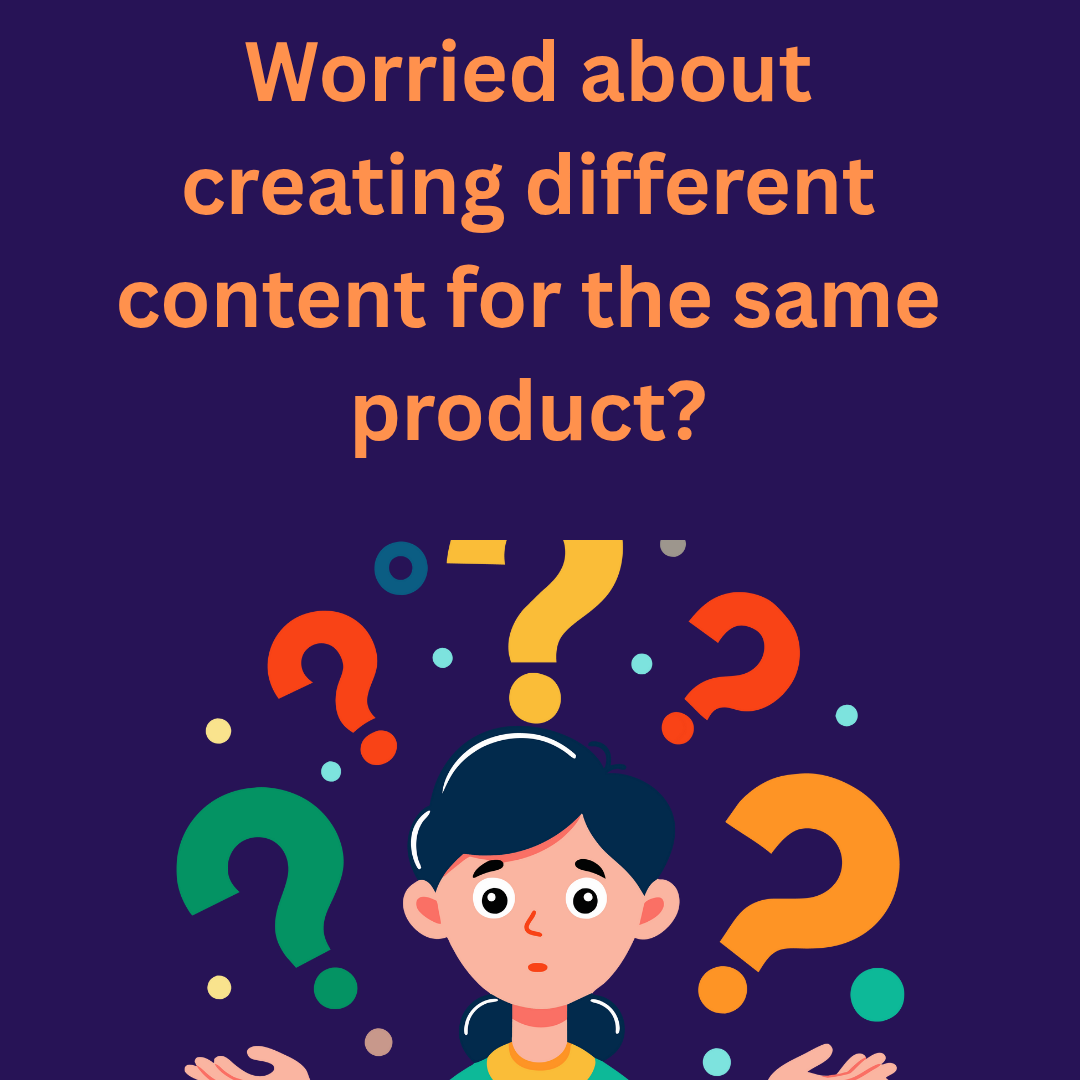
Image Credit: Medium
Does a product mean just one post? ❌ Not at all!
- Promote the fabric, uses, or benefits of the hijab to attract buyers.
- Incorporate feelings, confidence, and identity into the hijab to make it more than just a product.
- Leverage social proof by showcasing reviews and experiences of those who have worn the hijab.
- Offer realistic images and use cases to help potential buyers imagine wearing the hijab in different situations.
Read Full Article
12 Likes
Medium
65

Image Credit: Medium
Sophism of predictability — Is software estimation an illusion?
- Estimation in software development often gives the illusion of predictability.
- Focusing on trivial details rather than tackling real challenges perpetuates this sophism.
- Strategic teams treat estimation as a communication tool to uncover complexity and align expectations.
- They prioritize understanding over speed and adapt plans based on real understanding.
- Embracing uncertainties and navigating complexities with honesty is key to successful software delivery.
Read Full Article
3 Likes
Medium
128

Image Credit: Medium
From Horseless Carriages to Cars: Why I Stopped Building a Traditional SaaS
- The author realized the need to shift from building traditional software like form builders to focus on AI-first applications for the future of software development.
- The shift towards conversational AI agents handling interactions naturally is seen as the future, moving away from manual processes like clicking through forms and spreadsheets.
- Investing time in learning AI technologies now is compared to learning to build cars while others perfect their horseless carriages.
- The shift towards AI-generated insights and conversational interfaces is highlighted, emphasizing the importance of preparing for a future without traditional interfaces.
Read Full Article
7 Likes
Medium
251

Image Credit: Medium
The Product Manager’s Guide to Frameworks vs. Reality: Why Your Models Break and How to Fix Them
- Trusting frameworks blindly can lead to failures in product management as they may not reflect the dynamic real world accurately.
- The key is to understand and use frameworks wisely by recognizing their limitations and biases, not relying on them unquestioningly.
- The guide suggests knowing when to switch frameworks as a product progresses, using multiple frameworks in tandem, and seeking out uncomfortable facts ignored by your chosen framework.
- Frameworks are tools, not definitive solutions. Product managers should validate framework outputs with real data and instincts to make informed decisions.
Read Full Article
15 Likes
Medium
112
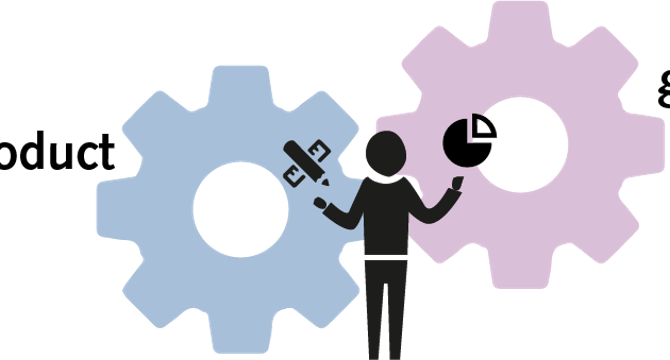
Image Credit: Medium
The successful commercial implementation of innovative software products.
- Software Product Managers play a crucial role in converting ideas into successful market-ready software products by aligning customer needs, market trends, and technological opportunities.
- A Software Product Manager is responsible for the strategic and economic success of the software product throughout its lifecycle, focusing on continuous improvement and market readiness.
- Successful product management involves teamwork and collaboration among Product Managers, sales and marketing teams, and technical specialists to ensure the product meets customer needs and drives innovation.
- The Product Manager acts as the bridge between customer requirements and technical possibilities, ensuring that disruptive ideas from both market and technology are evaluated and transformed into strategic actions.
Read Full Article
6 Likes
TechBullion
429

Image Credit: TechBullion
Selling Your Sticker Art: Tips for Artists and Small Shops
- Sticker art has gained immense popularity as people enjoy adding expressive art to everyday items like laptops and water bottles.
- To sell sticker art successfully, emphasis is placed on strong design, understanding your audience, using durable materials, and focusing on pricing.
- Additional tips include paying attention to shape, utilizing high-quality photos for marketing, choosing the right platforms to sell on, and engaging with social media strategically.
- Key aspects like quality, presentation, customer experience, and community involvement are highlighted to help artists and small shops turn sticker art into a profitable business.
Read Full Article
25 Likes
Medium
160

What best AI can do for product managers
- The article lists various AI tools that can benefit product managers in their roles, such as roadmap.sh for creating roadmaps quickly, notion.so for organizing product-related information, and canny.io for prioritizing and acting on user feedback.
- Other tools mentioned include prodmgmt.world for curated PM knowledge, figma.com for design collaboration, and linear.app for issue tracking that enhances productivity.
- The importance of proper execution over just ideas is emphasized, with a reminder that tools alone won't make a product manager great, but using the right tools effectively can significantly impact their performance.
- The article encourages product managers to bookmark and consistently use these tools to improve their effectiveness and efficiency in managing products.
Read Full Article
9 Likes
Medium
191
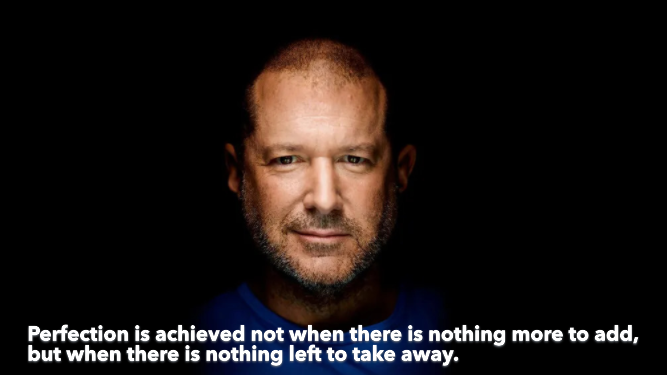
Image Credit: Medium
My Last Article Had 1,000 Ideas. I Cut 990. Here’s Why.
- The author reflects on the process of crafting an article by comparing it to building a Minimum Viable Product (MVP) in software development.
- They highlight the importance of identifying and focusing on the 'killer feature' that delivers the core value to the audience.
- The author describes how they trimmed unnecessary elements from the article to enhance the emotional connection between engineering resilience and human resilience.
- The article concludes with a heartwarming anecdote about a community running event that raised funds for a charitable foundation.
Read Full Article
11 Likes
Scrum-Master-Toolbox
351

Lilia Pulova: Business Case Ownership—The Product Owner’s Core Duty
- Lilia shared insights on an exceptional Product Owner who maintained consistent and inspirational presence with the team, fostering motivation and pride in product development.
- In contrast, she highlighted a Product Owner who exhibited poor practices by arriving unprepared at meetings, delegating business decisions to developers, and failing to take ownership of the business case.
- The importance of Product Owners owning the business case and ensuring proper preparation to guide the team was emphasized.
- A self-reflection question was posed on how to prevent Product Owners from shifting responsibilities to the development team.
Read Full Article
21 Likes
Medium
88
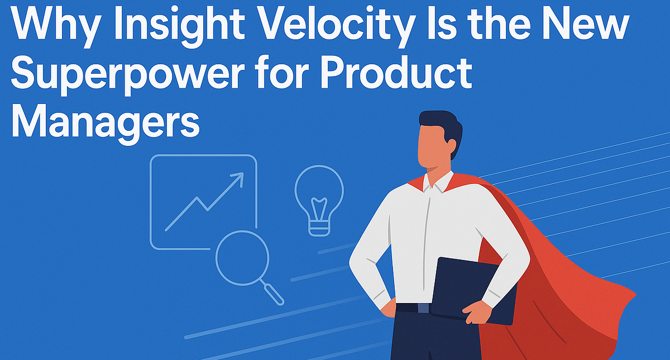
Image Credit: Medium
The Product Strategy Shift Every PM Needs to Make Before 2026
- Product managers are shifting their focus from speed to insight velocity, prioritizing smart building backed by real user insights.
- Continuous discovery through fast feedback loops, always-on listening, and democratized insights access is crucial for agile success.
- Effective product managers are problem-solvers who validate user needs, test IA, and prioritize based on real user struggles.
- Teams are balancing personalization with privacy, using existing data smartly and giving users control over their data.
Read Full Article
4 Likes
For uninterrupted reading, download the app